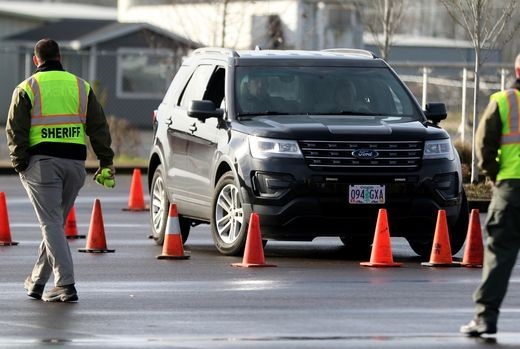Apr 2017
Simple Steps to Reduce Fleet Risk

Reduce Distracted Driving
As the list of potential distractions facing drivers continues to grow, it’s necessary to take measures to help your drivers avoid them. With cell phones, billboards, needy passengers (i.e. children), and numerous other factors all vying for attention, it may seem impossible to focus on the road. Studies show that 21% of accidents resulting in injury involved a distracted driver. Be sure to educate your drivers on how to prevent distracted driving from affecting them.
Consistently Provide Driver Coaching
Classroom, online, and behind-the-wheel training are all effective safety tools for drivers to develop safe driving habits. These can be instituted as mandatory courses upon being hired, after a preventable accident occurs, or for drivers who repeatedly receive violations.
Incentivize Safe Driving Habits
Who doesn’t like to be rewarded for, well, anything? Reward and incentive programs are simple and effective ways to promote safe driving habits. Determining the rewards and parameters to receive the rewards is where there’s room for imagination. Some companies offer an extra vacation day for a year of no accidents or violations. Others offer cash rewards. No matter what route your company takes, this simple way to reward safe driving habits.
Maintain Preventative Maintenance
In properly maintaining your fleet of vehicles, you reduce the potential of major repairs being needed. Properly maintained vehicle will also help to reduce the risk of an accident occurring issues such as poor tread depth or past due brakes.
Testing for Alcohol and Drugs
Consistent drug and alcohol testing can dramatically reduce overall fleet risk. While these tests won’t reduce your insurance premiums, they will act as a deterrent even when tests aren’t being administered.
Implement a Telematics Program
Although telematics programs can be somewhat costly, if utilized correctly they can greatly reduce your overall fleet risk while also increasing efficiencies. These systems enable you to monitor driver behavior in real time with alarms and notifications that help to keep on their toes, while keeping fleet managers informed. The available immobilizing systems protect your vehicles at all times and help to exhibit to insurers that there’s less of a chance of the vehicles being stolen, resulting in lower premiums.
Review Driver MVRs
Driver MVRs should be reviewed on a consistent basis. It’s recommended to complete an MVR at least once a year in order to stay up-to-date on your drivers’ records. This will also aid your fleet manager in identifying the safety courses that a particular driver should complete.
Standardize Fleet Policies
Drivers cannot be expected to efficiently manage their vehicles if they don’t have a clear set of guidelines to follow. Having structured policies greatly simplifies the fleet process for both drivers and fleet managers. It’s important to do what you can in order to simplify communication, training, and enforcement of safe driving habits across the company.



